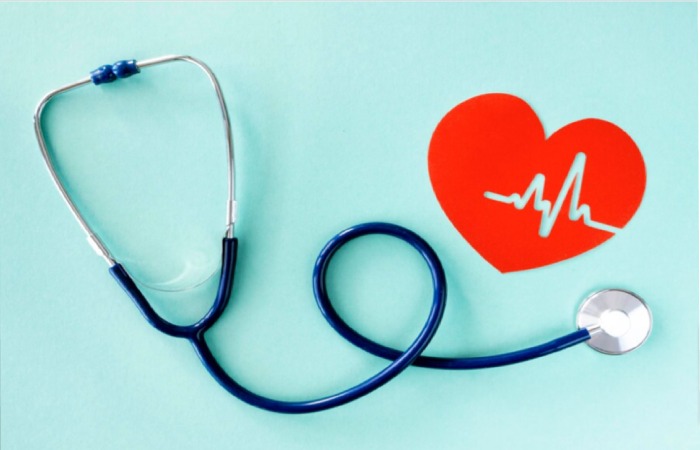The healthcare industry and every other primary sector worldwide have slowly shifted towards more virtual engagement forms. With VR headsets becoming low-priced and easier to use, the demand for more attractive content has also increased. The constantly shifting environment means that healthcare providers must stay up to date with the desires of current customers if they want to remain competitive.
Table of Contents
Virtual Reality Continues to Rise in Popularity
It is important to remember that VR has become popular as headsets have become much cheaper. Furthermore, they require a lot less effort to set up, which means they cater to a much larger demographic. So, with even more people starting to use VR, there is a new market available for companies to effectively advertise their services. Furthermore, the introduction of the metaverse also allows healthcare providers to reach a brand new demographic or people.
A Greater Focus on Video Content
As VR continues to improve and becomes more accessible, there is a much greater focus on video content that takes advantage of the virtual format. While educational YouTube videos can still be very engaging and informative, VR can allow for more interactive ways for people to learn about the body and different medical procedures.
Along with teaching patients about how certain procedures work, VR can also help them better visualize how certain types of therapy can help. Procedures like an endoscopy become much easier to understand when learning about them in a virtual environment.
Moving on from the consumer side, this new form of digital health marketing can also allow companies to show off various prototypes for their machines. They can teach relevant medical staff how to effectively use certain types of machinery without spending time and money to gather them in a single place.
Podcasts Become an Integral Form of Engagement
Podcasts are another form of engaging content that has skyrocketed in popularity, as people are interested in learning about medical procedures in a less serious environment. Podcasts are not just engaging for their more relaxed and laid-back feel, but they also allow patients to see doctors as people. So, even when they talk about complicated medical procedures, it does not feel like a lecture or a seminar.
It also helps that podcast hosts can be very funny and can help move the conversation along to keep it from dragging or becoming too boring. Since podcasts generally engage with people on a much deeper level, products or services advertised during these segments are more likely to get more attention. They are also more likely to have a higher click-through rate.
 Increased Augmented Reality (AR) Learning
Increased Augmented Reality (AR) Learning
Augmented reality (AR) can also have its benefits when compared to VR. For instance, the motion sickness that VR causes is likely through AR since there are still aspects of the real world present. Seminars and educational videos can become a lot more engaging with the help of a good AR learning service. Marketing to investors can also become a lot easier, as the product or service can explain to them how it works as they are testing it.
AR also allows for more dynamic material to use during sales presentations, giving investors a much deeper look into how certain products or services work. This is especially effective in helping them understand how some complicated machines work and affect the body.
Detailed Tours with Virtual Reality (VR)
VR is not just a good tool to help educate patients and medical personnel about different procedures, but it can also be used to give detailed tours to both patients and likely investors. They can get a more detailed look at the rooms and the healthcare building without even having to visit it.
Some hospitals use VR to offer patients a more in-depth tour. These 360-degree tours allow individuals to see every aspect of the hospital in great detail, making them more educated when selecting where to stay. The feature is also boundless for people with mobility issues or scared of hospital superbugs, which are strains of bacteria or fungi resistant to most medicines.
Increased Data Collection
Healthcare marketing can become more specific and can gather even more information from patients using VR. For instance, they can record gestures and eye movements to consider how likely someone is to make a decision. Whether that includes sharing a post with their friends, buying the product, or even just visiting the page, you can gather all of that information and more.
Monitoring human behavior through VR also means that other, more cumbersome methods of data collection will no longer be relevant. Instead of needing to track a visitor’s history online, healthcare providers can instead focus on how they react to these ads to see if people would be interested.
More Interactive Ways to Give Feedback
Finally, VR allows patients to give more interactive feedback to a healthcare provider. Along with getting more information out of their patients through VR, patients can also offer better feedback than just a simple tick on a survey. They can leave voice feedback or a short video about what issues they experienced.
This in-depth feedback can also help healthcare providers better optimize their marketing strategies and get more direct feedback on why certain people are not responding to their specific strategy.
Conclusion
As virtual reality continues to increase in popularity, the healthcare industry has an opportunity to advertise to its target audience in a new and more effective way. With more engaging virtual tours of different hospitals and clinics and better educational videos, virtual reality allows for new and creative ways of marketing. Along with more creative ways to market to individuals, the inclusion of VR and AR also makes for more dynamic sales presentations and displays of prototypes.


